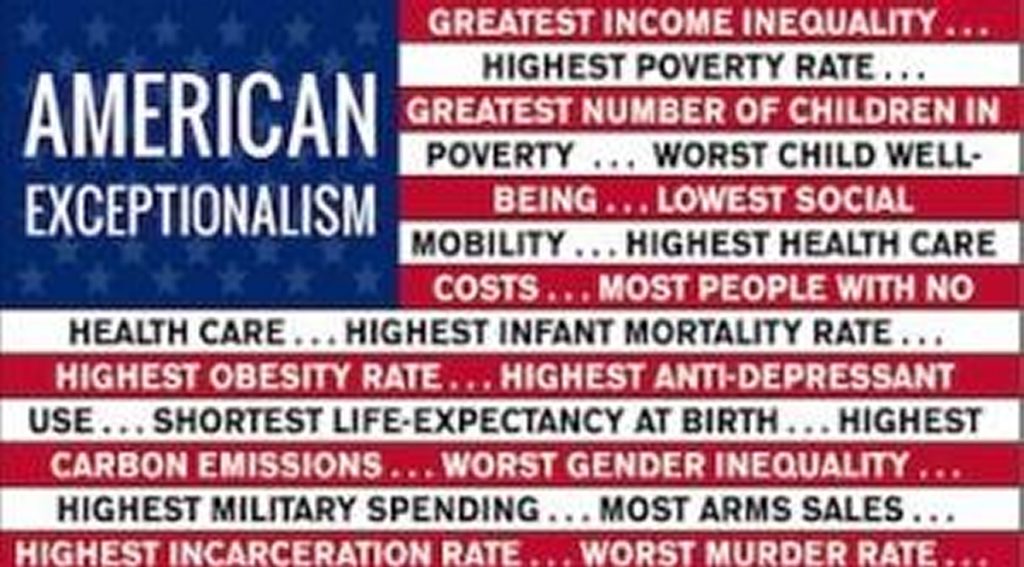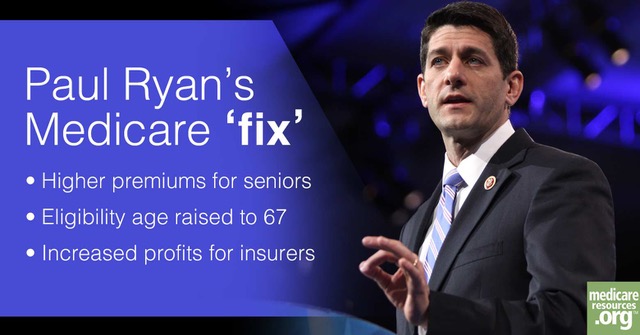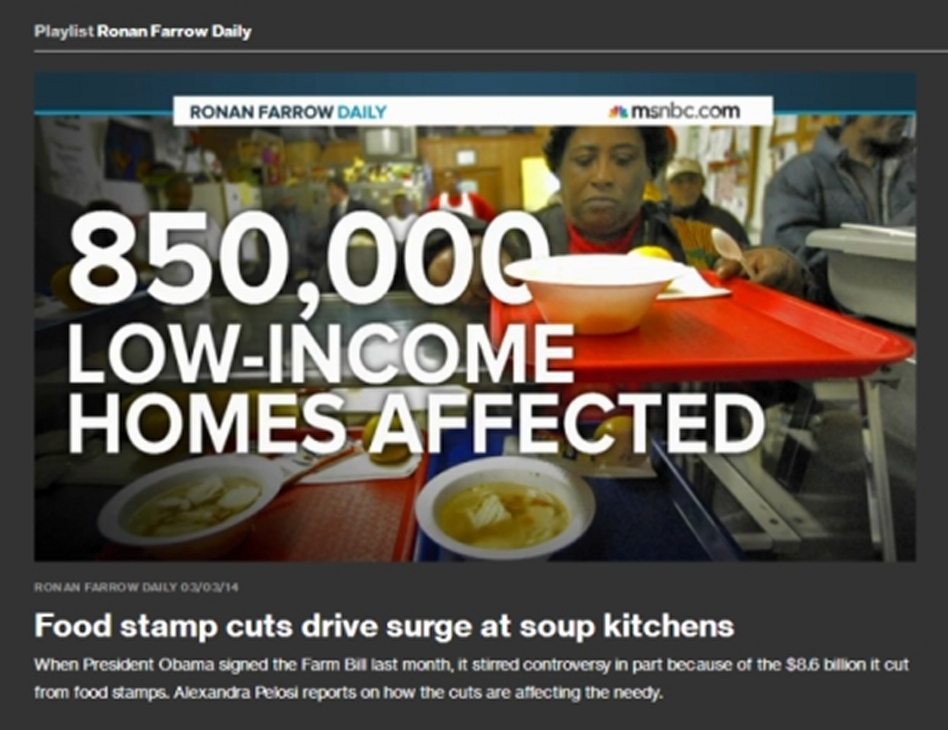Welcome to Life in Exceptional America

From birth to death, if you’re not one of the fortunate few, the rich as Croesus masters of the universe, you’re SOL. Which is to say that 99% of us are doomed to a life of misery, struggling to stay afloat, suffering inexpressible anxiety as debts mount, unexpected financial pitfalls crop up and hopes fade for a better life for the next generation.
It starts in utero. Being born in the U.S. risks not being born at all. According to Dr. Steven Woolf, director of the Center on Society and Health at Virginia Commonwealth University, “US infant mortality rates – like much of its health statistics generally – have not kept pace with advances in other high-income countries.” It’s even worse than that. Compared to other countries the U.S. infant death rate is astonishingly high — twice that of Sweden, Denmark, Japan, Israel and Estonia and almost three times that of Finland. Although there was a drop in infant deaths from 2013 to 2014, the death rate kicked back into high gear soon after. Overall the U.S. lags far behind other economically advanced countries in combatting the scourge of childbirth-related deaths. The U.S. does, however, retain its number one ranking, year after year, as the costliest place on earth to give birth.
After surviving the birth process, your odds of being raised by your birth mother are significantly lower than in most other countries. American women are more than three times as likely as Canadian women and six times as likely as Scandinavian women to die in childbirth. More alarming still, in every other wealthy country and even less prosperous ones, maternal death rates have been on the decline. In Great Britain, maternal deaths have dropped so precipitously that Lancet, one of the world’s most prestigious medical journals, declared “a man is more likely to die while his partner is pregnant than she is.” In the U.S., no reputable source could make that claim with a straight face. It turns out that U.S. maternal deaths increased from 2000-2014. The real tragedy —according to the CDC (Centers for Disease Control and Prevention) — 60% of such deaths were preventable.
Why is it so difficult to survive having a baby in the U.S? The exorbitant cost of pregnancy and birth is a major reason. Not surprisingly those least able to afford it are African American and low income women and women in rural areas (where medical care is spotty to non-existent). Federal programs to ensure the safety of low-income women are haphazard and ineffective— “we don’t pay enough attention to those things that can be catastrophic for women.” One example (and there are many) — in 2016, under a federal-state program for maternal and child health, most states devoted about 6% of federal funds to programs for mothers compared to 78% for infants and special-needs children. Medicaid which pays for 45% of all births in the U.S., has the same kind of myopia, mandating medical coverage for moms for the barest minimum — sixty days after birth, while infants are covered for one year. Important to note that while those who lack insurance to cover comprehensive maternal care are at highest risk, the U.S. pay-to-play medical establishment is basically an equal opportunity killing machine when it comes to pregnancy and childbirth complications for women of every race, ethnicity, class, and income level.
After birth, the whacks on household budgets escalate. First up — childcare for children younger than 5. Once again the U.S. has a woeful track record compared to other economically advanced nations. Child care costs in the U.S. are double those in Germany, France, Sweden and Greece. France offers free pre-school for kids ages three and up. An economically struggling country, Ukraine, pays its citizens eight months’ salary when they have a baby. Britain provides 15 hours a week of free pre-school as well as paid parental leave. U.S. politicians on both sides of the aisle defend the conspicuous lack of affordable childcare with variations on this lame excuse: benefits cost money, and taxes will have to go up to pay for “free stuff.” The facts tell a different story. Many Europeans pay only slightly higher taxes than Americans while the British and Swedes pay less. All get far more in return.
If you thought it couldn’t get any worse — in 31 states and the District of Columbia, the annual cost of infant day care is more than tuition and fees at a four-year public college and is the second costliest item in the family budget (the first being mortgage or rent). In typical fashion, U.S. “leaders” blew an opportunity to right this terrible injustice. In 1971, a bipartisan majority in congress passed a bill to provide all American families high-quality, affordable day care. President Nixon, with his reelection coming up, mindful of the radical right’s obsession with maintaining the status quo (women at home), vetoed the bill. Forty-seven years later, the average cost of day care and pre-school in the U.S. ranges from $10,000-$23,000 annually.
As the kids depart pre-K for kindergarten, their parents come face to face with another one of those shocking inequities that bedevil the lives of the not-so-rich. Public education for the masses is transforming itself into corporate-managed, profit-driven charter school non-education, publicly funded yet not required to abide by federal mandates and “de-select” low achieving students, those with special needs and anyone else who doesn’t suit their primary purpose — raking in the dough. Most charters get by as cheaply as possible hiring inexperienced, credential-less teachers, who generally have one foot out the door when confronted with the low pay and horrible working conditions at many charter schools. If you live in Arizona and have children, consider moving. One-quarter of their primary and secondary schools are charters. Charters are ubiquitous in three of the most populous states, California, Texas, and Florida. Regardless of where you live, know this. Children with a charter school education are at a greatly increased risk of turning into the unquestioning, non-activist, submissive employees corporations yearn for. Particularly in charters controlled by profiteers and privatizers, educational excellence is less motivating than ROI (return on investment). Charters have lots of fans in congress for both their reliance on “free market” principles and their ability to produce “law abiding” adults. These attributes have many on the right-wing side of the aisle and some “liberals” (think Senator Corey Booker) dancing in the aisles.
After secondary school, what comes next is another budget-buster. Unlike the rest of the developed world, where a $4,000 bill to attend college is considered exorbitant and brings thousands of students into the streets to protest, the empire prides itself on robbing its students blind with nary a peep of protest. The average cost of tuition, fees and room and board at a public 4-year college if you live there is $21,000, if you don’t, the price jumps to $36,000. That’s peanuts compared to private colleges where tuition, fees, room and board average $47,000. At Yale, the price of admission is $71,000. The difference between what today’s students pay and what their parent paid a generation ago is symptomatic of the price-inflation baked into the free market cake. Thirty years ago, students at public four-year institutions paid an average of $3,190 in tuition (not counting room and board). In the 2017-2018 school year that average cost rose to $9,970 —213 percent increase. At private colleges, the increase in college costs over the same thirty-year period was a “modest” 129 percent.
On the other hand, college has always been considered the ticket to a better life. But without a rich mommy and daddy how can an aspiring student afford to go? For one in three, the only choice is student loans. Which leads us to the stomach-turning statistic that in the richest country in the world, forty-four million people carry a collective debt load of $1.5 trillion. Seventeen million of those unfortunates are under 30. These young adults have another burden to shoulder. Upon reaching the age of 27, they are uninsured (Obamacare allows children to stay on their parents’ policy up to age 26). Unable to afford monthly insurance premiums —on average about $350 with deductibles north of $4,000 — they soon find themselves hounded by bill collectors for unpaid medical debt.
The fix these young people are in is unendurable. Graduating college over $30,000 in debt, working part-time at Whole Foods for the “munificent” sum of $15.00 per hour, expected to pay $350 monthly on their student loans in addition to other living expenses —rent, food, utilities to name the most vital, they live in a swamp of debt. Many don’t even bother to vote (in 2016, only 51% of millennials voted). Missing from most of their lives are the rewards an earlier generation enjoyed as they entered adulthood —marriage, home ownership, starting a family. Government “experts” claim that most will pay off their loans in ten years. Who are they kidding? Even President Obama admitted that it took him twenty years to finish paying off his loans.

The future will get even darker for this generation of young Americans as they become seniors if weasels like the departing Speaker of the House, Paul Ryan, have their way. Shortly after shepherding through the house, an almost two-trillion-dollar giveaway to the wealthiest Americans and their corporate buddies, Ryan repeated his one-note-Johnny spiel “Entitlement reform is the one thing, the one other great thing I spent most of my career working on. I’m extremely proud of the fact that the House passed the biggest entitlement reform bill in the history of the House of Representatives.” Entitlement reform being a euphemism for trashing Medicare, Medicaid and Social Security. So far the Senate has, for once in its cowardly career, refused to go along with this blatant attempt to screw the next generation of seniors and low-income people. Lest you think Speaker Ryan is the only weasel calling for cuts to social programs, listen up. Entitlement-cutting is a bipartisan affair. In 2014, President Hope and Change cut $8.7 billion over ten years in food stamp benefits. He was also a big fan of “reining in” Medicare and Social Security.

Growing up in the empire turns out to be risky business —an inconceivably wealthy country impoverishing the vast majority of its citizens. The egalitarian promises spouted by all post-World War II presidents, never really fulfilled, at least allowed us to keep hoping. Now with the advent of an unapologetic plutocracy, “abandon all hope ye who enter here.” (inscription on the gates to Hell). Exceptional America turns out to be an exceptionally raw deal for most Americans.
901 total views, 1 views today
